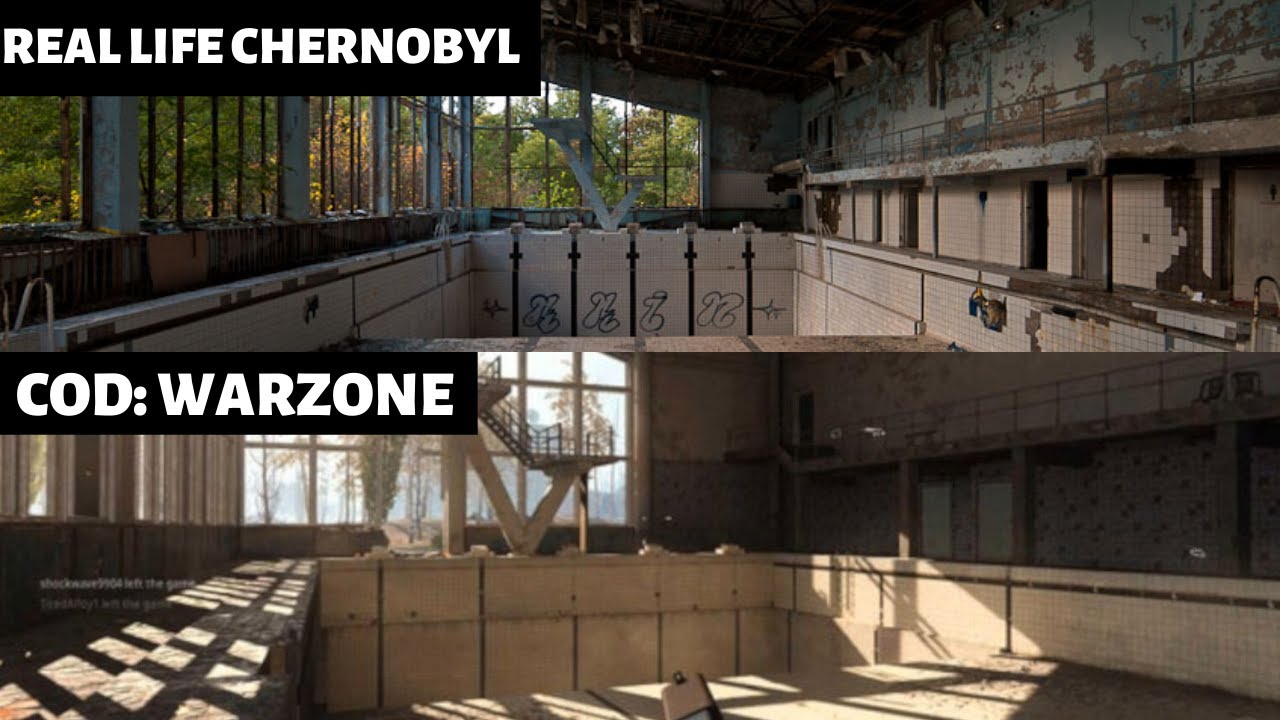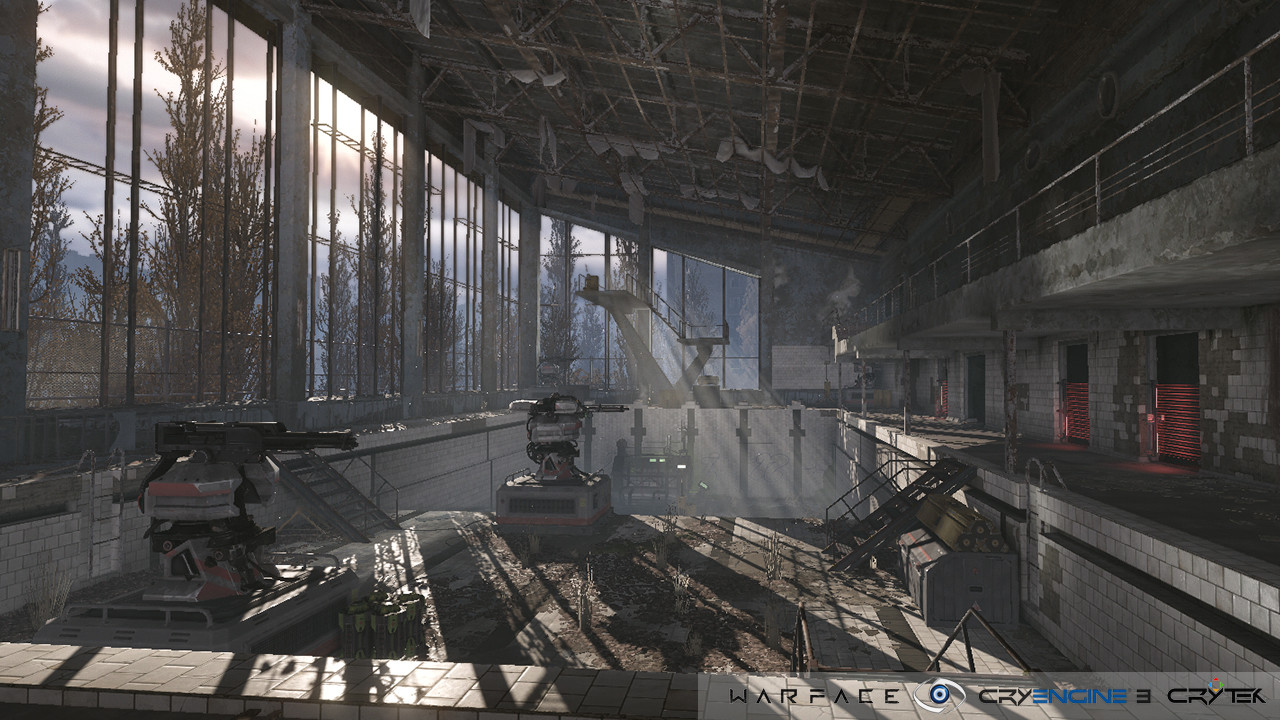Chernobyl, a name synonymous with disaster, is unexpectedly linked to both swimming pools and the video game Call of Duty. Let's explore this connection.
The Chernobyl Disaster: A Brief Overview
In April 1986, the Chernobyl Nuclear Power Plant, located in present-day Ukraine, experienced a catastrophic accident. A reactor exploded during a safety test. This explosion released massive amounts of radioactive materials into the atmosphere.
The immediate aftermath saw numerous fatalities among plant workers and first responders. Large areas around the plant were evacuated. A zone of exclusion was established to prevent people from living in heavily contaminated areas.
The long-term consequences of the Chernobyl disaster are still studied today. Increased rates of certain cancers, particularly thyroid cancer, have been observed in populations exposed to the radiation.
The Azure Swimming Pool
Within the city of Pripyat, built to house the Chernobyl Nuclear Power Plant workers, existed a facility named Azure Swimming Pool. This was a popular recreation center for the residents of Pripyat.
Despite the proximity of the disaster, the Azure Swimming Pool remarkably remained in operation for several years after the explosion. It served as a place where cleanup workers could relax and exercise.
The pool's continued operation highlights a complex and often contradictory situation. Even in the shadow of a nuclear disaster, attempts were made to maintain some semblance of normalcy.
Chernobyl in Call of Duty
The Call of Duty franchise, known for its realistic depictions of warfare, has featured Chernobyl in several of its games. These games introduce players to the setting.
Specifically, the Call of Duty 4: Modern Warfare game includes a memorable mission set in Pripyat. This mission, called "All Ghillied Up," is considered one of the best in the entire series.
In "All Ghillied Up," players take on the role of a British Special Air Service (SAS) operative. He is infiltrating Pripyat to assassinate a high-value target. The environment accurately depicts the abandoned city. Crumbling buildings, overgrown vegetation, and a general sense of desolation are evident.
The Pool in "All Ghillied Up"
The Azure Swimming Pool makes a brief, yet haunting appearance in the Call of Duty 4 mission. Players silently traverse the dilapidated building. The empty pool is visible, offering a glimpse into the everyday life that was abruptly halted by the disaster.
The inclusion of the Azure Swimming Pool adds to the atmosphere of the level. The pool serves as a powerful reminder of the human cost of the disaster. It contrasts the normalcy of a swimming pool with the surrounding desolation.
The game designers’ decision to include the pool shows an understanding of how to evoke emotion. The pool is a subtle and impactful element of the game's narrative.
Realism vs. Gameplay
While Call of Duty strives for realism, it's crucial to remember that it is still a video game. Certain liberties are taken for the sake of gameplay and entertainment value. The level of radiation present in the game is not accurately represented. This is because realistic radiation levels would make the game unplayable.
The game does, however, accurately convey the visual appearance of Pripyat. The level of detail is impressive, and it successfully captures the look and feel of an abandoned city.
The game offers a glimpse into a place that is largely inaccessible to the public. Therefore, it raises awareness about the Chernobyl disaster for a new generation.
Ethical Considerations
The use of Chernobyl as a setting in video games raises ethical questions. Some argue that it trivializes a real-life tragedy. Others believe it can serve as a form of remembrance and education. This depends on the approach and sensitivity of the game developers.
The Call of Duty developers have generally approached the topic with respect. They have focused on the atmosphere and setting rather than exploiting the disaster for sensationalism.
Ultimately, the ethical implications are complex. Players should approach the game with awareness and sensitivity to the real-world events it portrays.
Conclusion
The Chernobyl disaster, the Azure Swimming Pool, and Call of Duty might seem like disparate elements. They are connected through a shared space and a desire to understand and represent history.
The Azure Swimming Pool, in both its real and virtual forms, serves as a reminder of the human cost of the Chernobyl disaster. It highlights the lives that were interrupted and the community that was displaced.
Call of Duty's depiction of Pripyat offers a glimpse into a forbidden zone. It opens a dialogue about the disaster and its lasting impact.

